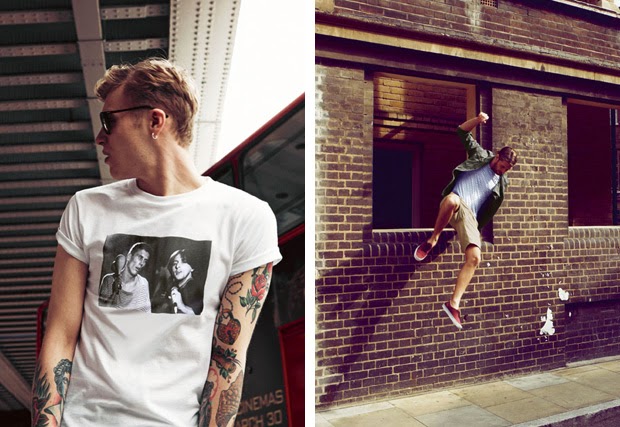Age and gender
The audience for my music magazine is both male and female
teens. The age of the buyer will be 16 – 21; this genre is quite recent to the
music scene therefore not many of the older population would appreciate this
type of genre, whereas it will appeal to the majority of the younger ages. At the
ages of 16 – 21 you’d be able to read swear words in magazines without thinking
anything of it as you’re going through the grown up stages. I intend on writing
provocative content which is why I chose this age range; the magazine will also
consist of controversial images. The audience for the magazine will be
preferably read by a percentage of 58% males and 42% females. This is the
chosen percentage because females tend to listen to various amounts of music
genres e.g. pop, alternative, R&B and indie, whereas males tend to listen
to one or maybe even two specific music genres. Although this is my specified percentage,
the magazine is premeditated for both genres; this allows my magazine to have a
wider target audience allowing there to be a larger readership resulting in
more revenue and more profit coming in from the magazine. Although when it
comes to music magazines with this genre the percentage of males is vastly more
than females. The male readerships are usually around 72% and females 28%; I didn’t
go for this percentage as I wanted to individualise my magazine; making is a
more neutral based magazine for both genres.
Social class
The social class is an aspect of my magazine that will be miscellaneous.
Alternative music doesn’t tend to have a specific social class; anyone from any
part of the world, from any background can listen to this genre…there are no
restrictions. I chose the social class ABC1 as the main target audience due to
its wide variety of classes and how high priced the magazine is. A is upper middle class and includes: doctors,
solicitors, barristers, accountants, company directors etc. B is middle class
and includes: teacher, nurses, police officers, probation officers, librarians,
middle managers etc. C1 is lower middle class and includes: junior manager,
student, clerical/office workers, and supervisors. I chose ABC1 because they
would be able to afford the magazine monthly.
Interests and hobbies
Skateboarding
job
Going on the internet – social media: facebook, twitter,
vine, tumblr – creative
Into clothes – urban outfitters, topshop/topman
BMX
Playing music
Listening to music
The audience profile I had created allowed me to focus my
magazine based on what I thought my target audience would be interested in and
would find visually interesting. Having an audience profile helped me think
about what clothes I would make my model wear based on where my target audience
is likely to shop. The audience profile goes in depth in terms of how much my
target audience would be willing to spend on a magazine. This helped me in choosing
the price for my magazine.









